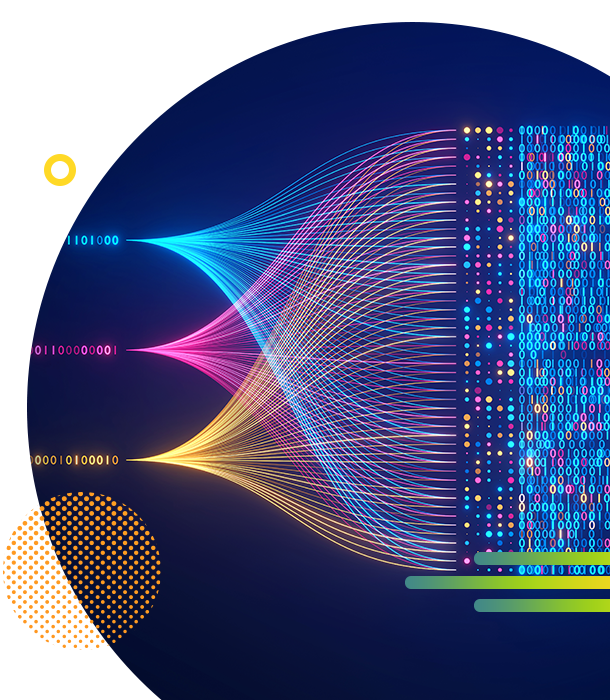In October, the 40th meeting of the Joint Video Experts Team (JVET) in Geneva brought together many of the key players in video compression to shape the next generation of video coding beyond VVC (H.266). JVET operates as a joint team of ISO/IEC MPEG and ITU-T VCEG, and this meeting served as the formal evaluation point for the Joint Call for Evidence (CfE) on “video compression with capability beyond VVC (H.266).” It effectively set the direction for the Next Generation Video Coding (NGVC) effort.
The CfE asked contributors to demonstrate technology that could:
- Improve on VVC in compression efficiency
- Remain implementable in real-world encoders and decoders
- Operate across a broad set of use cases (broadcast-style content, low-latency and conversational video, gaming, HDR, and user-generated content)
Submissions were compared against VVC reference encoders and the Enhanced Compression Model (ECM) using both subjective viewing and standard objective quality metrics, with encoder/decoder runtimes reported relative to VVC. Based on the overall results, JVET noted sufficient evidence to progress toward a formal NGVC standard. Proposals are expected to be reviewed at the JVET meeting in January 2027, which is being treated as the key external milestone for launching the collaborative phase of the new standard. Industry commentary suggests that this collaboration phase could span on the order of three years, with completion targeted by 2030, though those timelines should still be viewed as expectations rather than firm commitments.
3 Key Takeaways from the 40th JVET Meeting
1. Neural Networks Are Moving from Experiment to Expected Ingredient
Submissions for the CfE were broadly based on two core approaches: the established VVC standard or the experimental Enhanced Compression Model (ECM) reference. All of these proposals incorporated some form of Neural Network (NN) tool. In terms of performance, the research configurations demonstrated significant efficiency gains, with submissions achieving a reported at most 30% bitrate reduction over VVC (the latest industry standard) across various test sequences. This performance, achieved using both conventional codec components and variants augmented by AI tools, reinforces the dual mandate of high compression while managing complexity.
Why it matters: This is a concrete signal that next-generation designs may converge on conventional-plus-neural architectures rather than pure hand-crafted or pure end-to-end learned codecs. The JVET CfE showed that meaningful gains beyond VVC are achievable today with modest numbers of NN tools wrapped around a familiar block-based core. At the same time, there was consensus of the need to keep decoder complexity under control and to address reproducibility across different hardware.
2. Encoder and Decoder Simplicity and Deployability Trump Pure Compression Gains
The CfE design itself put complexity front and center. Submitters had to report encoder and decoder runtimes relative to VVC, and there was explicit interest in “fast” configurations that trade some compression for speed. That framing shaped both the submissions and the discussion: compression performance had to be demonstrated without a step change in complexity, particularly at the decoder, but also at the encoder. Additionally, current models like ECM are far too complex, and even production VVC encoders often require tool subsets to be practical. This pragmatic view shaped the planning for the upcoming CfP, where the focus centered on two core areas: harmonizing the Common Test Conditions (CTCs) to ensure fair performance comparison across all proposals, and strategically selecting more complex test sequences to truly assess the effectiveness of next-generation compression technology.
Why it matters: This reflects a broader shift in market demand and the fact is that the available bandwidth has drastically increased. Large streaming platforms, device manufacturers, and chip vendors are increasingly focused on lightweight, power-efficient decoders that scale from high-end TVs to mobile and constrained devices, and on encoders that can meet practical runtime budgets. In that environment, proposals that offer only modest additional compression at the expense of substantially heavier decoders, higher memory usage, or significantly slower encoders are unlikely to advance, regardless of how strong their lab results look. Technical viability and low-cost deployment are emerging as hard constraints, not afterthoughts.
3. The Process Is Shifting from Open Evidence to Competitive Proposals
The 40th JVET meeting was the transition point from an open Call for Evidence to a more competitive Call for Proposals phase. With the CfE results in hand and the January 2027 meeting identified as the proposal review milestone, the emphasis is now moving away from exploratory tool demonstrations and toward complete, standardizable codec designs.
Why it matters: The next phase will be less about showcasing individual ideas and more about assembling them into full NGVC packages that can survive side-by-side comparison. Participants will now:
- Stabilize toolchains and integration instead of rapidly iterating
- Optimize for decoder budgets and implementation details, not just performance curves
- Focus on how their proposals fit into a single, jointly maintained standard
In practical terms, the “research showcase” phase is ending; the standardization race has officially begun.
What’s Next for NGVC
For NGVC, the next public milestone is clear:
- January 2027: JVET is expected to review NGVC proposals and kick off the main collaboration phase.
Between now and that meeting, contributors are likely to focus on turning CfE-level demos into CfP-ready proposals that:
- Clearly outperform VVC under JVET’s more challenging test conditions.
- Demonstrate tight control of encoder and decoder complexity, power, and memory.
- Present a credible implementation path for software and hardware.

